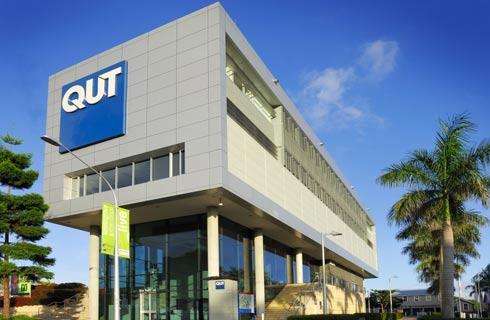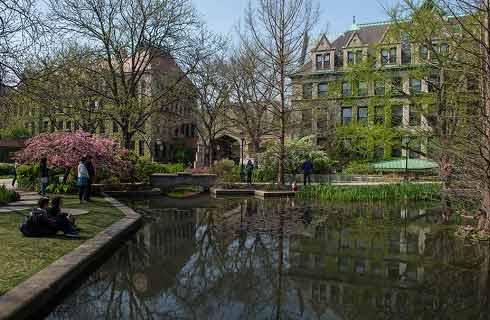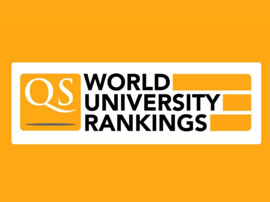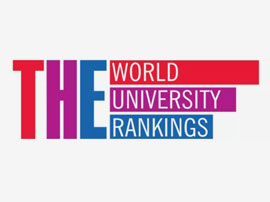BSc (Hons) Biology with Secondary Education (QTS)

学历文凭
Bachelor Degree with Honours

专业院系

开学时间

课程时长

课程学费

国际学生入学条件
Please note we do NOT accept GCSE Short Courses, GCSE English Literature or GCSE Equivalent Tests from other institutions or organisations.
PLUS EITHER
Typical entry requirements: 80 UCAS points
A Levels - grades CCD including Biology at grade C (excluding A Level General Studies and A Level Critical Thinking)
BTEC L3 Extended Diploma - grades MMP
BTEC L3 Diploma - grades DM
OCR Cambridge L3 Technical Extended Diploma - grades MMP
Access to HE Diploma (Full Award) - Pass of 60 credits - of which a minimum of 45 credits must be at level 3 including 24 at Merit or Distinction
IELTS band 6.0, with no component below 5.5. TOELF ibt 79 overall with no less than 19 in all four skills (reading, writing, listening, speaking).
IDP—雅思考试联合主办方

雅思考试总分
6.0
了解更多
雅思考试指南
- 雅思总分:6
- 托福网考总分:79
- 托福笔试总分:160
- 其他语言考试:Pearson Test of English Academic (PTE Academic) - 54 with no less than 51 in all skills (reading, writing, listening, speaking).
CRICOS代码: X13A
申请截止日期: 请与IDP顾问联系以获取详细信息。
课程简介
相关申请
 预科
预科 奖学金
奖学金 实习机会
实习机会 在校学习
在校学习 跨境学习
跨境学习 校园授课-线上开始
校园授课-线上开始 在线/远程学习
在线/远程学习
关于胡弗汉顿大学

位于英国伯明翰的伍尔弗汉普顿大学是一所国际大学,190多年来一直提供卓越的学术成果。它有来自全球130多个国家的2500多名学生。该大学有三个主要校区。沃尔弗汉普顿市、特尔福德和沃尔索尔。伍尔弗汉普顿靠近英国第二大城市伯明翰,乘坐火车只需18分钟就能到达。距离曼彻斯特有70分钟的路程,90分钟就可以到达伦敦。与英国其他城市相比,伍尔弗汉普顿的生活成本也很便宜。在过去的几年里,该大学对其校园进行了大量投资,包括建造尖端工程设施、罗莎琳-富兰克林科学大楼、斯沃拉吉-保罗勋爵大楼(商学院)、网络中心、斯普林菲尔德建筑和建筑环境超级校园,以及马奇卓越医疗中心。伍尔弗汉普顿大学对其历史感到自豪。自1827年以来,它作为一个机构已经成长和改变,成为今天的全球性大学。在英国的中心位置,它为来自世界各地的学生提供机会。世界领先的学术界人士帮助学生增长知识、技能和信心,在全球经济中茁壮成长。每年,该大学欢迎来自130多个国家/地区的学生。屡获殊荣的学生支持服务确保该大学继续成为一个有帮助和受欢迎的全球机构。它已被质量保证机构授予最高荣誉,并在2019年QS Stars™计划中被授予总体四星,其中教学、就业能力、国际化和包容性方面获得最高五颗星。毕业生结果发现,其最近一批英国毕业生中,超过90%的人就业、受教育或经营自己的企业,超过了全国平均水平。
本校相关课程

MA Social Work
学历文凭
Masters Degree (Taught)
开学日期
课程费用总额


Master of Public Health
学历文凭
Masters Degree (Taught)
开学日期
课程费用总额


PGCE Primary Education
学历文凭
Graduate Certificate
开学日期
课程费用总额


PGCE Post Compulsory Education
学历文凭
Graduate Certificate
开学日期
课程费用总额


PGCE Secondary Education - Physics
学历文凭
Graduate Certificate
开学日期
课程费用总额


MSc Occupational Psychology
学历文凭
Masters Degree (Taught)
开学日期
课程费用总额

其他相关课程

生物医学学士
 皇家墨尔本理工大学
皇家墨尔本理工大学学历文凭
Bachelor Degree
开学日期
课程费用总额


哲学硕士-生物医学和生物化学
 澳大利亚国立大学
澳大利亚国立大学学历文凭
Masters Degree (Research)
开学日期
课程费用总额


生物医学学士
 詹姆斯·库克大学
詹姆斯·库克大学泰晤士高等教育世界大学排名:351
学历文凭
Bachelor Degree
开学日期
课程费用总额


理学学士(海洋生物学)
 弗林德斯大学
弗林德斯大学泰晤士高等教育世界大学排名:301
学历文凭
Bachelor Degree
开学日期
课程费用总额


理学学士-海洋生物学(荣誉学位)
 弗林德斯大学
弗林德斯大学泰晤士高等教育世界大学排名:301
学历文凭
Bachelor Degree with Honours
开学日期
课程费用总额


城市与环境规划学士/海洋生物学理学学士
 格里菲斯大学
格里菲斯大学泰晤士高等教育世界大学排名:251
学历文凭
Dual Degree
开学日期
02 March 2026
课程费用总额
AUD 167,500


























